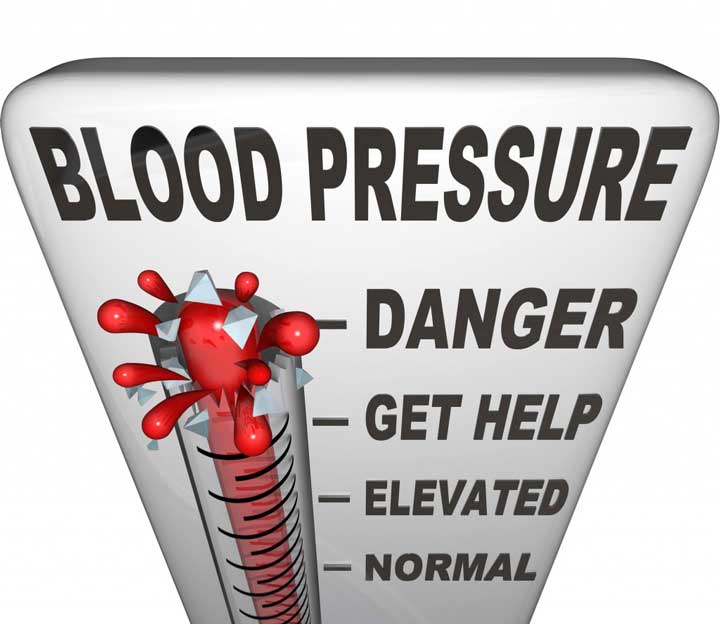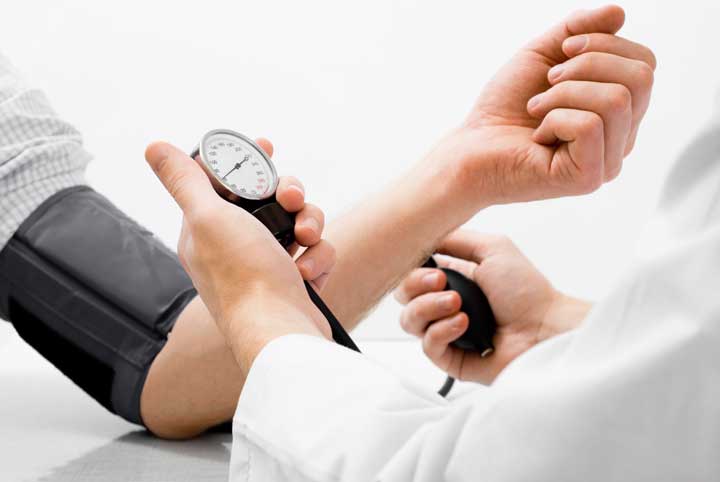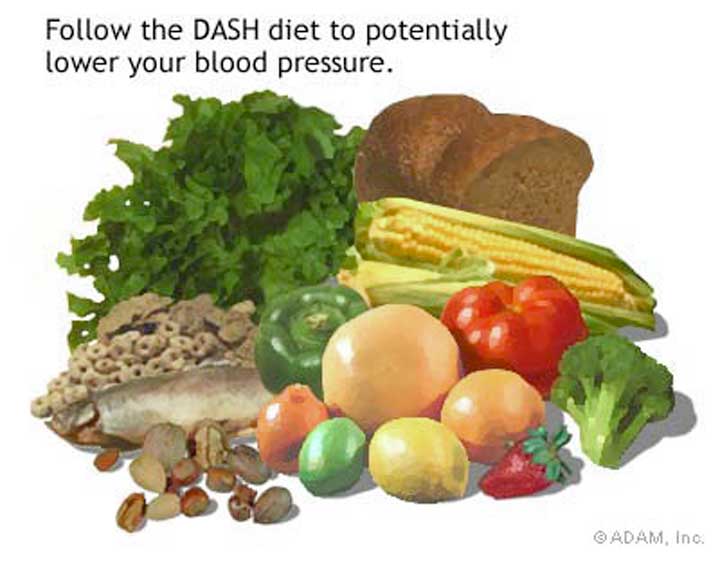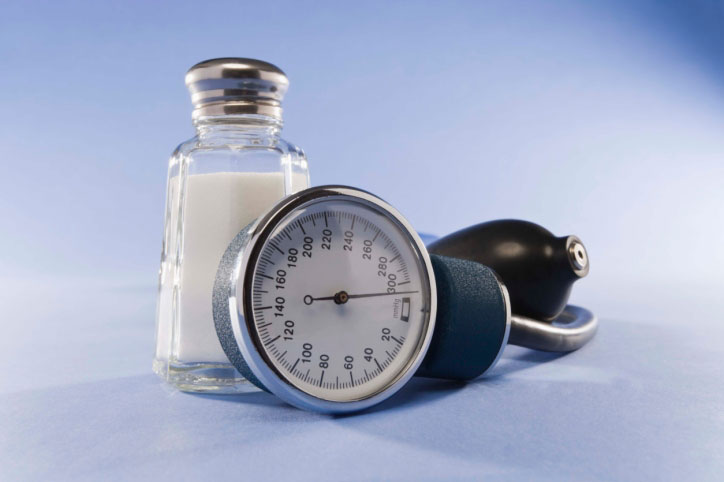Health
A Dietary Guide To Managing Hypertension Or High Blood Pressure
Because of their lifestyles, more and more adults in urban areas today are developing hypertension or high blood pressure. While a few decades ago, hypertension became more prominent as individuals aged, today many young adults (between the ages of 25-35) are also dealing with the condition.
A Background To Hypertension
Hypertension refers to the condition when blood pressure around the arteries in the heart increases beyond normal.
There are two recognised types of hypertension; primary and secondary. There’s no definable cause for primary hypertension; it can develop because of stress, lack of exercise, unhealthy eating patterns, genetics or a combination of these factors. Secondary hypertension is caused by other malfunctions in the body such as kidney disease, hormone disorders, or narrowing of the arteries.
Individuals diagnosed with both types of hypertension become more vulnerable to a variety of other, possibly life threatening conditions such as heart disease, aortic aneurysms, strokes and chronic kidney disease.
If you have a family history of high blood pressure or are experiencing repeated headaches, especially at the back of your head or feel light-headed, or dizzy to the point of fainting, perhaps a screening for high blood pressure is in order; it’s a simple, non-invasive test where doctors monitor your heart rate.
Managing Hypertension
If your doctor finds that you do have high hypertension levels, he or she will most likely prescribe medication to manage your blood pressure along with the advice that you modify your lifestyle to include exercise and a healthier diet. But, what exactly does a healthier diet mean when it comes to hypertension?
Many medical practioners as well as health experts recommend the DASH diet for patients with hypertension. DASH is the short form for Dietary Approaches to Stop Hypertension; a diet plan that considers factors that may cause a rise in blood pressure and how to alleviate them. Here are some of the chief recommendations of the DASH diet.
Cut Down On Salt
Excess sodium (salt) makes your body retain water, which in turn leads to higher blood pressure. Try cutting out salted snacks (like chips and salted nuts) as well as reducing the amount of salt you use while cooking. An accepted amount of sodium intake for people with high blood pressure is 2,300 mg per day as compared to the 3,500 mg that regular diets have.
Up Your Potassium Intake
Potassium is a mineral found in a variety of foods that will help balance out the sodium content in your body and therefore ensure that sodium does not contribute to raising your blood pressure.
Potassium rich foods include potatoes, yogurt, fish, avocados, mushrooms and bananas.
Reduce Your Meat Intake
Try cutting down your intake of meat, poultry and fish to 6 or fewer ounces per day. Even lean meats contain fat and cholesterol that raise blood pressure; try substituting large quantities of meat with vegetables instead. Additionally, bake, grill, roast or steam your meats instead of frying them.
Increase Your Fruits and Veggie Serving
The DASH diet requires specific servings of each food group; while you should get 5 daily servings of vegetables, you should also ensure you’re taking in five servings of fruits in the form of whole fruits, dried fruits or fruit juices.
Increase Your Grains Servings
Have 7-8 grain servings per day in the form of bread, rice, pasta or cereal. Try to substitute whole grains foods in the place of white rice and white bread.
Cut Out Alcohol
Alcohol can cause an increase in blood pressure even in individuals who don’t suffer from hypertension. So, it’s advisable to limit your alcohol intake to two or fewer drinks a day for men and only a drink a day for women.
The DASH diet also recommends having only 3 servings of oil and fat per day (servings are measure by teaspoons) and less than 5 servings (tablespoons) of sweets such as sugar per week.
Even if you don’t want to follow the exact serving sizes that the DASH diet recommends, take the suggested measures such as reducing sodium intake, increasing fruit and vegetable intake (which will get you your potassium) as a starting point in crafting your new diet.
Following these diet recommendations as well as exercising to maintain a healthy weight (and put less pressure on your heart) will go a long way in managing hypertension.



























